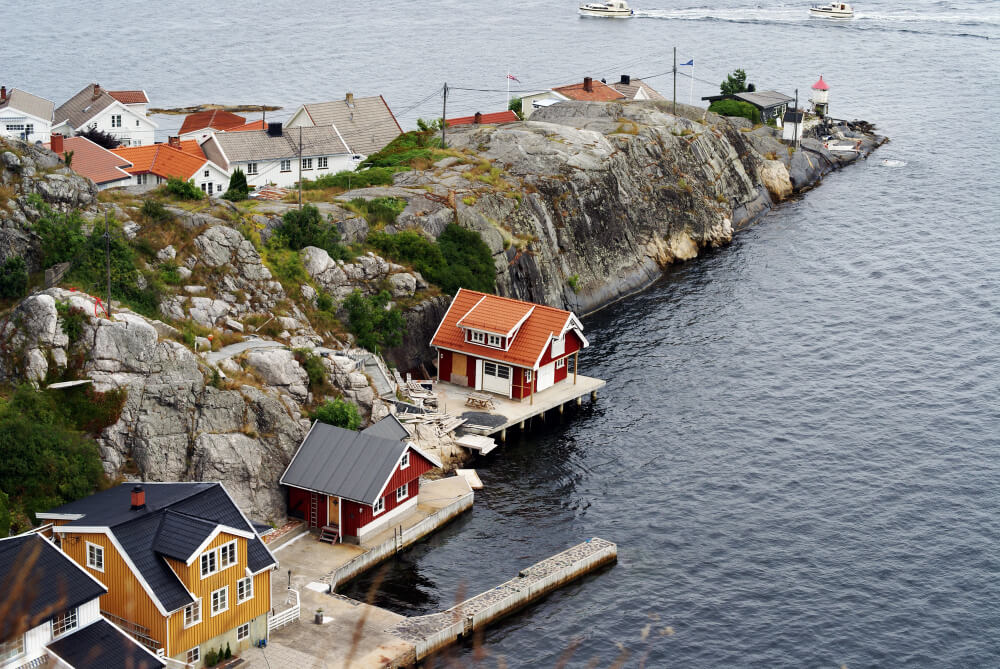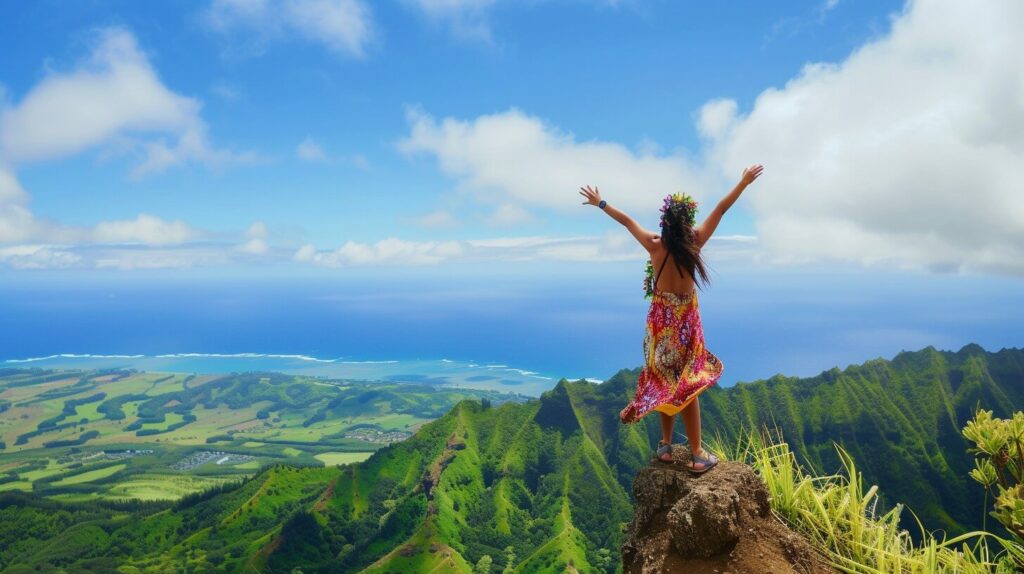
Top Destinations Around the Baltic Sea: Cities and Natural Wonders

If you’re dreaming of a getaway that combines vibrant city life with breathtaking natural beauty, the Baltic Sea Destinations region offers an ideal blend.
The Baltic Sea spans several countries, surrounding cities rich in history and culture, as well as stunning natural landscapes that offer unforgettable experiences.
In this guide, we’ll explore the top destinations around the Baltic Sea, addressing common questions and concerns while providing insights and tips to help you plan your perfect trip.
Common Questions and Concerns
- What are the must-see cities around the Baltic Sea?
- Which natural wonders should I visit?
- How do I get around the region?
- What’s the best time to visit?
- Are there any hidden gems off the beaten path?
Must-See Cities Around the Baltic Sea Destinations
Stockholm, Sweden
Stockholm, the capital of Sweden, is a city spread across 14 islands connected by over 50 bridges. It’s known for its striking architecture, rich history, and vibrant culture.
- Gamla Stan (Old Town): Wander through the cobblestone streets of Gamla Stan, where mediaeval buildings and narrow alleys create a charming atmosphere. Highlights include the Royal Palace, which is one of the largest in Europe, and Storkyrkan, Stockholm’s oldest church.
- Vasa Museum: Visit the Vasa Museum to see the Vasa ship, a 17th-century warship that sank on its maiden voyage and was later salvaged and restored. The museum offers fascinating insights into Sweden’s maritime history.
- Archipelago Tour: Don’t miss a boat tour of Stockholm’s archipelago, a network of around 30,000 islands. Whether you choose a short excursion or a longer cruise, you’ll enjoy picturesque views and the chance to explore some of the islands.
Copenhagen, Denmark
Copenhagen, Denmark’s capital, is known for its blend of modern design and historical charm. It’s a city that embraces its rich past while pushing the boundaries of contemporary living.
- Nyhavn: The colourful buildings along Nyhavn’s waterfront are iconic. This 17th-century harbour is perfect for a stroll or a boat ride. Stop by one of the many cafes for a traditional Danish pastry and coffee.
- Tivoli Gardens: Tivoli Gardens, one of the world’s oldest amusement parks, is a must-visit. Its beautifully landscaped gardens, thrilling rides, and live entertainment make it a great place for families and couples alike.
- The Little Mermaid: Inspired by Hans Christian Andersen’s fairy tale, the Little Mermaid statue is a Copenhagen landmark. While small, it’s a symbolic representation of the city’s literary heritage.
Helsinki, Finland
Helsinki, Finland’s capital, is a city known for its design, architecture, and green spaces. It offers a mix of urban sophistication and natural beauty.
- Helsinki Cathedral: This neoclassical landmark is one of Helsinki’s most recognizable buildings. Its white façade and green dome stand out against the city’s skyline. Climb the steps for a panoramic view of the city.
- Market Square: Located by the harbour, Market Square is a bustling spot where you can sample Finnish delicacies, buy local crafts, and enjoy the vibrant atmosphere. The square is also a great starting point for boat trips to nearby islands.
- Suomenlinna: A short ferry ride from the city, Suomenlinna is a sea fortress spread across several islands. Explore the historic buildings, enjoy the scenic views, and learn about the fortress’s role in Finnish history.
Natural Wonders to Explore
Curonian Spit, Lithuania and Russia
The Curonian Spit is a stunning natural formation that stretches for 98 km along the Baltic coast. UNESCO recognizes this World Heritage site for its unique sand dunes and rich biodiversity.
- Dune Hiking: One of the best ways to experience the Curonian Spit is by hiking its sand dunes. The towering dunes offer spectacular views of the Baltic Sea and the Curonian Lagoon.
- Pervalka Village: Visit the charming village of Pervalka for a glimpse into local life and enjoy some fresh seafood at a local eatery.
- Nida: This town on the Lithuanian side of the Curonian Spit is known for its picturesque setting and cultural attractions. Don’t miss the Thomas Mann Cultural Centre, dedicated to the famous writer who spent time here.
Saaremaa Island, Estonia
Saaremaa Island is Estonia’s largest island, offering a mix of natural beauty and historical intrigue.
- Kaali Meteorite Craters: Saaremaa is home to the Kaali craters, created by a meteorite impact around 7,500 years ago. The site includes several craters and a museum with exhibits on the island’s geological history.
- Kuressaare Castle: Explore the medieval Kuressaare Castle, which houses a regional museum. The castle’s well-preserved walls and towers offer a glimpse into the island’s history.
- Panga Cliff: This dramatic cliff on the northern coast of Saaremaa provides stunning views of the Baltic Sea and is a great spot for hiking and nature photography.
Archipelago National Park, Finland
The Archipelago National Park in Finland is a haven for outdoor enthusiasts and nature lovers. It consists of around 2,000 islands, each offering its own unique landscape.
- Kayaking and Sailing: The park’s waterways are ideal for kayaking and sailing. Rent equipment and explore the serene environment at your own pace.
- Island Hopping: Take advantage of the park’s numerous ferries and boat services to hop between islands. Each island has its own charm, from quaint villages to rugged natural beauty.
- Nature Trails: There are several nature trails throughout the park, offering scenic walks and the chance to spot local wildlife.

Getting Around
The well-connected Baltic Sea Destinations region allows travelers to move easily between cities and natural attractions.
- Ferries: Ferries are a popular mode of transport for getting between cities and islands. For instance, you can take a ferry from Stockholm to Helsinki or from Copenhagen to Malmö. They offer a relaxing way to travel with scenic views.
- Trains and Buses: The region’s extensive train and bus networks make it straightforward to travel between major cities. For example, you can take a train from Helsinki to Rīga or a bus from Gdańsk to Vilnius.
- Car Rental: Renting a car gives you flexibility, especially if you’re planning to explore more remote areas or the countryside. It’s a great option for road trips around the Baltic Sea and accessing off-the-beaten-path destinations.
Best Time to Visit
The best time to visit the Baltic Sea region depends on your interests and what you want to experience.
- Summer (June to August): The summer months offer the warmest weather and longest days, making it ideal for exploring cities and enjoying outdoor activities. This is also peak tourist season, so attractions may be busier.
- Spring (April to May) and Autumn (September to October): Spring and autumn provide a quieter experience with mild weather. These seasons are perfect for avoiding the summer crowds while still enjoying pleasant conditions.
- Winter (November to March): Winter brings cold temperatures and the possibility of snow, creating a magical atmosphere. It’s a great time for winter sports and experiencing festive holiday markets.
Hidden Gems
In addition to the major cities and natural wonders, the Baltic Sea region is full of lesser-known gems.
Rīga, Latvia
Rīga, the capital of Latvia, is known for its rich history and vibrant culture.
- Art Nouveau Architecture: Rīga boasts one of the largest collections of Art Nouveau buildings in Europe. Explore the city’s streets to see beautifully decorated facades and intricate details.
- Central Market: One of Europe’s largest markets, housed in old Zeppelin hangars, offers a fantastic array of local produce, meats, cheeses, and crafts. It’s a great place to sample Latvian delicacies and experience local life.
Gdańsk, Poland
Gdańsk is a historical port city with a rich maritime heritage.
- Old Town: The Old Town is a mix of Gothic, Renaissance, and Baroque architecture. Key sites include the Main Town Hall and the Gdańsk Crane, a historic port crane that now houses a museum.
- Westerplatte: Visit Westerplatte, the site where World War II began, to explore the historical significance and enjoy views of the surrounding area.
Conclusion
The Baltic Sea Destinations region offers a rich tapestry of experiences, from bustling cities to tranquil natural wonders.
Whether you’re exploring the historic streets of Stockholm or hiking the dunes of the Curonian Spit, there’s something for everyone.
By keeping this guide up-to-date and incorporating reader feedback, you’ll ensure that your travel plans are well-informed and enjoyable.
Enjoy your journey around the Baltic Sea!
Frequently Asked Questions
How accessible are the Baltic States for travellers?
Travelers can easily access and navigate the well-connected Baltic Sea Destinations. Major cities like Riga, Tallinn, and Vilnius have international airports, and there are efficient bus and train services between the cities.
Additionally, ferry services operate between the Baltic States and neighbouring countries, making it easy to explore the region.
What are the must-visit cities around the Baltic Sea?
The Baltic Sea region features several must-visit cities, including:
- Riga, Latvia: The capital city known for its rich history, stunning Art Nouveau architecture, and vibrant nightlife. The Old Town is a UNESCO World Heritage Site.
- Tallinn, Estonia: This mediaeval city is famous for its well-preserved Old Town, also a UNESCO site, and a blend of historical and modern architecture.
- Vilnius, Lithuania: The capital offers a mix of Gothic, Renaissance, and Baroque architecture, with significant sites like Vilnius Cathedral and the Presidential Palace.
What natural wonders can you find in the Baltic region?”
The Baltic region is home to several natural wonders, including:
- Gauja National Park, Latvia: Known for its stunning landscapes, including the Gauja River Valley, and opportunities for hiking and kayaking.
- Curonian Spit: A UNESCO World Heritage Site, this 98-kilometre long spit features unique sand dunes and a diverse ecosystem between the Baltic Sea and the Curonian Lagoon.
- Soomaa National Park, Estonia: Renowned for its unique bog ecosystems and seasonal flooding, offering unique kayaking experiences.
What is the best time to visit the Baltic Sea region?
The best time to visit the Baltic Sea region is during the summer months (June to August) when the weather is warm, and outdoor activities are plentiful.
This is also when many festivals and cultural events take place, making it an ideal time for tourists to explore the cities and natural wonders.
What activities are popular for tourists in the Baltic States?
Tourists can enjoy a variety of activities, such as:
- Exploring historical sites: Visitors can tour ancient castles and UNESCO World Heritage sites, like the Old Towns of Riga and Tallinn.
- Outdoor adventures: Hiking, kayaking, and cycling in national parks like Gauja and Soomaa are popular, allowing tourists to experience the region’s natural beauty firsthand.
- Cultural experiences: Engaging with local traditions, visiting museums, and enjoying local cuisine in cities like Kaunas and Cēsis enhance the travel experience.
You may also like
Archives
Calendar
| M | T | W | T | F | S | S |
|---|---|---|---|---|---|---|
| 1 | 2 | 3 | 4 | 5 | 6 | |
| 7 | 8 | 9 | 10 | 11 | 12 | 13 |
| 14 | 15 | 16 | 17 | 18 | 19 | 20 |
| 21 | 22 | 23 | 24 | 25 | 26 | 27 |
| 28 | 29 | 30 | ||||